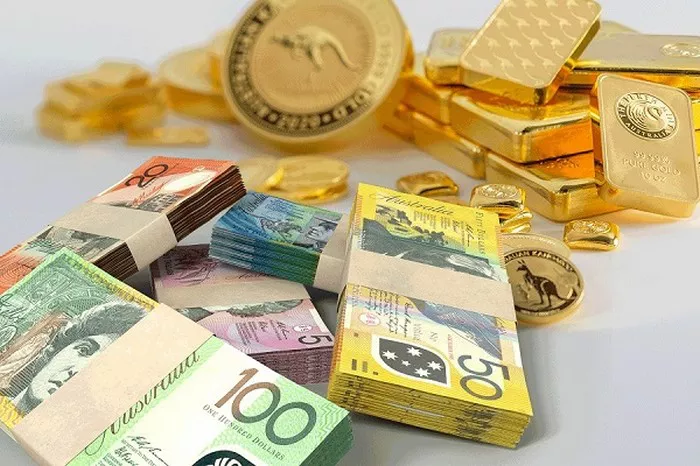The Australian dollar, also known as the AUD, is the official currency of Australia and its surrounding territories. As of June 1st, 2023, the AUD to USD exchange rate stands at approximately 0.75. In this article, we will take a closer look at what determines the price of the AUD and how it compares to other currencies.
Factors That Determine the Price of the AUD
Several factors impact the value of the AUD relative to other currencies, including:
1.Interest Rates
The Reserve Bank of Australia (RBA), Australia’s central bank, sets interest rates in the country. When the RBA raises interest rates, foreign investors may be more likely to put their money into Australian banks or investments, leading to increased demand for the AUD and driving its value up.
2.Commodity Prices
Australia is a major exporter of commodities such as iron ore, coal, and natural gas. Higher demand from other countries for these exports can increase the demand for the AUD and positively impact its value.
3.Political Stability
Political instability or uncertainty can lead to decreased demand for the AUD as foreign investors view the country as a riskier investment destination. Conversely, political stability can increase trust in the currency and raise its value.
4.Global Economic Conditions
The global economic landscape can have a significant impact on the value of currencies, including the AUD. For example, if there is a recession or financial crisis in another country, foreign investors may move their money into the AUD as a safe-haven asset, increasing its value.
Comparing the AUD to Other Currencies
To understand the value of the AUD, it’s essential to compare it with other currencies around the world. Here are some of the most commonly compared currencies to the AUD:
1.USD (United States Dollar)
The USD is the world’s dominant reserve currency and is often seen as a benchmark for other currencies. Historically, the AUD has been closely linked to the USD, with fluctuations in one currency often mirrored by movements in the other.
2.EUR (Euro)
The EUR is the official currency of the European Union, and like the USD, it is a major benchmark for other currencies. The AUD’s value relative to the EUR can be impacted by events such as changes in interest rates or economic conditions in Europe.
3.JPY (Japanese Yen)
The JPY is the official currency of Japan and is renowned for its stability. The AUD’s value relative to the JPY can be influenced by factors such as changes in commodity prices or political stability in Australia.
4.CNY (Chinese Yuan)
As China continues to grow as a global economic power, the value of the CNY has become increasingly important. The AUD’s value relative to the CNY can be affected by events such as trade disputes between Australia and China or changes in Chinese demand for Australian commodities.
Conclusion
In conclusion, the price of the AUD is impacted by a range of factors, including interest rates set by the RBA, commodity prices, political stability, and global economic conditions. The value of the AUD relative to other currencies such as the USD, EUR, JPY, and CNY can also fluctuate based on various factors.
As of June 1st, 2023, the AUD to USD exchange rate stands at approximately 0.75. However, this value is subject to change based on the factors we’ve discussed, and investors should always conduct thorough research and seek professional advice before making any investment decisions involving the AUD or any other currency.


